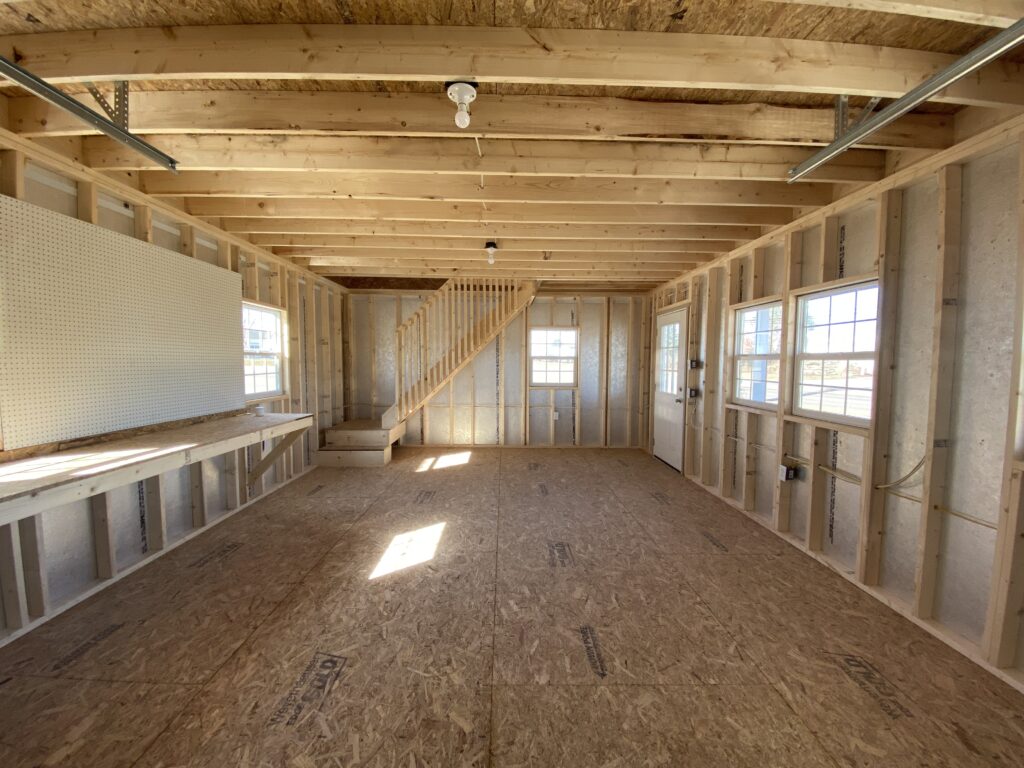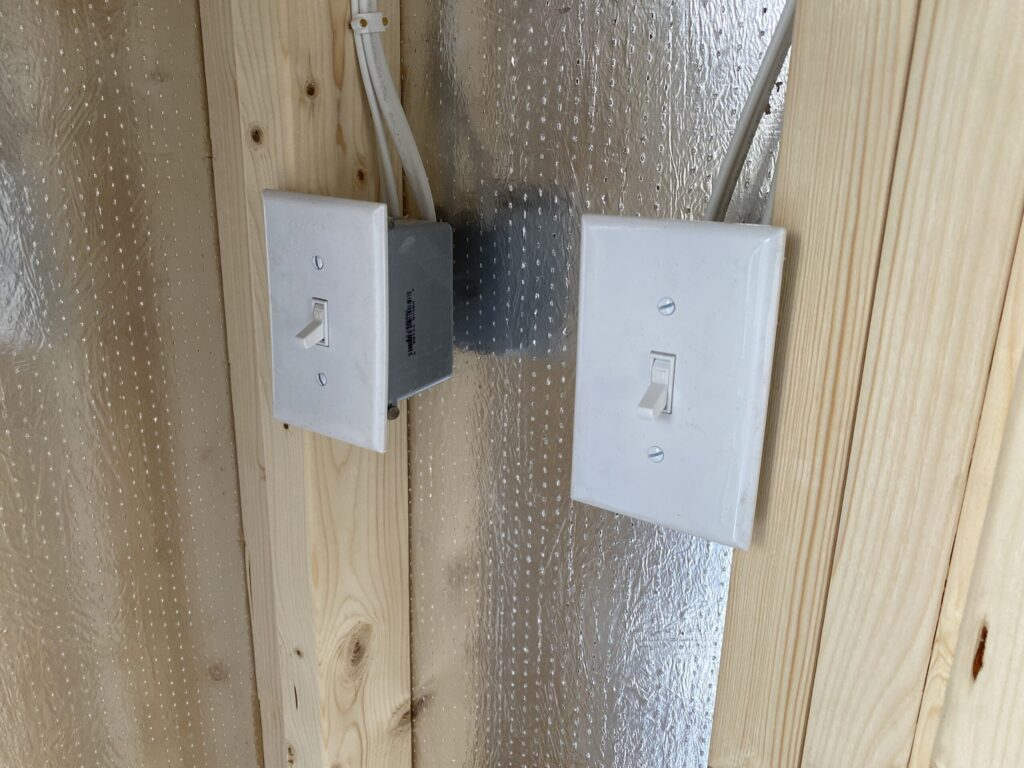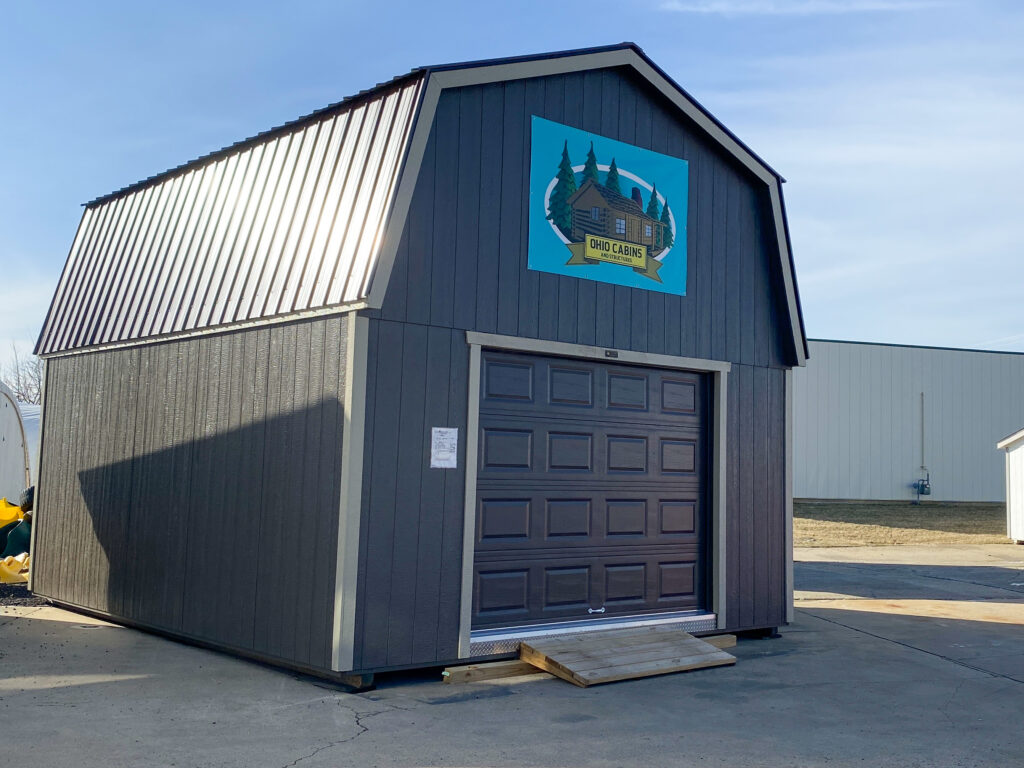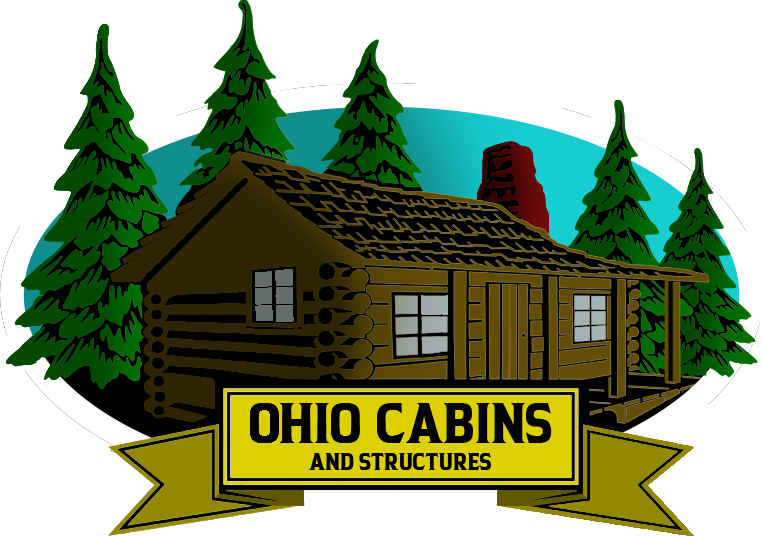If you are a garage owner or home improvement enthusiast, insulating your garage could feel like a daunting task. However, anything can be done within reason and with proper guidance and practicing your skills will further your knowledge in insulating your garage. Knowing how to insulate a garage can save you so much money. With a few key steps and the right supplies, adding insulation to your garage door will improve the energy efficiency of your space- not to mention reduce drafts in the brutal winter weather!
Additionally, proper insulation will also help protect stored items from fluctuating temperatures and will keep pests out of your garage and nearby areas. In this comprehensive blog post, we will provide a grand overview highlighting how to properly insulate your garage door for improved comfort and protection throughout all four seasons! Read more to learn how simple this task can be!

The Importance of Insulating your Garage
Like most homeowners, the garage is more than just a place to park your vehicle. It can be used as a means for storage, as a workshop, a home gym, recreational hangout spots to watch the game, or a place to expand your artistic creativity. However, if your garage is not properly insulated, you may be missing out on all of these wonderous benefits. Insulating your garage will help regulate the overall temperature from the inside, providing comfortability and efficient energy year-round. The insulation of your garage will also help protect your belongings from extreme temperatures and moisture, keeping your desired items in good condition for much longer. On the plus side, if you use your garage for any sort of hobby or work, insulation will make your garage a much more inviting space to knock out those hobbies or work goals. If you have not already, we recommend the serious thought to insulate your garage and discover the difference it will make!
Assessing Your Garage’s Condition
Your garage is an important asset to your property. It is an important piece to knocking out an abundance of tasks when it comes to storage, tools, and valuable belongings. As years go by, regular use and exposure to the elements can take a toll on its walls, floors, and roof. That is why it is incredibly important to take your time assessing the condition of these areas and address any issues before they become critical problems. Always make sure to check for cracks, holes, and water damage on the walls or the ceiling. Additionally, look for signs of wear and tear on the floor, including cracks and stains. When you follow these crucial steps, you can be left with relief that your garage will remain a safe and secure space for years to come!

Choosing Appropriate Insulation Material for your Garage
There are a few factors to consider when it comes to choosing the right insulation material for your garage. One of the most principal factors is the type of insulation that will work best for your specific needs. In example, spraying foam insulation is a popular choice for its tremendous ability to fill in the gaps and cracks, while fiberglass insulation would be great for a more traditional wall and attic spaces. Another factor to consider is the R-value (which measures insulating effectiveness), and how the insulation material will impact your home’s overall energy efficiency. With a small amount of research and professional consultation with a professional, you can choose an insulation material that will not only keep your garage comfortable but will save you cash on your energy bills.
Installing Vapor Barrier Prior to Insulation Preventing Condensation
Heavy is the head who owns the house. And the garage! And as homeowners, you are probably always searching for ways to keep it in good condition and prevent costly damage. One issue that many garage owners will face is the condensation buildup in crawl spaces or attics that are attached to the garage. This could lead to mold, mildew, and even rotting wood. Yuck! On a fortunate note, there is a simple solution to this: installing a vapor barrier. This thin plastic sheeting is typically placed between the insulation and flooring in your crawl space or attic, preventing further moisture from seeping in and causing damage. By taking this serious preventative step, you will be met with relief knowing your garage space is protected from the damaging effects of condensation.

Insulating Your Entire Garage
Once all prior precautionary measures are taken such as clearing out your garage space and properly sealing all the gaps or cracks, it is a safe bet to begin the insulation process of your garage.
Insulate Garage Walls
By insulating your walls, you want to start by measuring your walls. While you are measuring your walls, cut the insulation so it will fit snugly between the wall studs. The next step would be to install the insulation by placing bats or boards between the studs of your wall in that way, you will be rest assured you have a tight fit. It is always recommended in this matter to always follow your local guidelines and your manufacturer’s instructions when it comes to the usage of spray foam. Once you have gone through a successful installation, you can optionally choose to cover your walls with a standard drywall over your insulated wall for mere perfection and for fire safety.
Insulate Garage Ceiling
To insulate the ceiling of your garage, try to use similar materials provided when you were insulating your walls. Install bats, a foam board, or spray foam to your ceiling. Always try to keep in mind for your own protection and for whoever is collaborating with you to tackle the job of your surroundings and to be safe while installing the ceiling. Another factor to consider when insulating your garage roof is to consider ventilation, which can help you eventually to prevent moisture buildup.
Insulate Garage Door
Following a great finish to the insulation process of your garage ceiling, it would now be an excellent time to begin insulating your garage door. There is a slight difference in materials while insulating your garage door such as polystyrene panels that can fit onto the door sections. And, to keep your garage door efficient, it would not hurt to attach a reflective barrier for higher standard insulation.
Garage Floors
An optional yet highly recommended one would be to insulate your garage floors to ensure a homey stylized garage finish. This option would be great to consider if you are considering using your garage as a workspace, a creative sanctuary, or just a place to hang out on Football Sunay with family and friends, creating warm and long-lasting memories. So why not take the necessary steps to make your garage a more energy-efficient and functional part of your home?

An In-Depth Option of Drywall and Paint: A Fantastic Recommendation.
The transformation process can be a satisfying conclusion to your journey of successfully insulating your garage. This wonderful next step can make your garage feel as if you are walking through the front door. Crisp, clean lines of fresh drywall combined with fresh coats of paint will anticipate a lovely update, while the ultimate step of adding in new drywall or paint will validate you with an enthusiastic sense of satisfaction on a hard day’s work. Although, there is the debate of what kind of paint will look fantastic for your garage, especially with the inner theme you and the family wish to present while displaying your newly insulated garage. But other than that, why not grab that paintbrush and tackle that perfect touch of work to finally transform that perfect garage you have always dreamt of and now realized.
Final Thoughts & Conclusion
To finally conclude this daunting yet accomplishing task, the insulation process of your garage is a critical job that should never be disregarded. Not only will the insulation keep the temperature of your garage at a regular level, increasing comfortability, but also adding the value to your garage and home in the event if you wish to begin a new chapter for the family and selling or renting out your property. It is extremely important to remember to assess the entire garage by its walls, floors, ceiling & door for any sort of moisture damage. This major step will be essential prior to the insulation installation for a successful job done and your garage is set for success with efficiency.
Another key factor to never forget is choosing the right material for insulation and installing the vapor barriers. This step is key to ensuring your garage is insulated in the proper fashion. It is also important to consider adding in new layers of fresh drywall for aesthetics and paint for proper protection from wear-and-tear and you will never regret properly taking great care of insulating your entire garage.
Lastly, always remember to double check with your local guidelines and reach out to professionals for further guidance, it never hurts to be in the know of being in compliance with local regulations of your city and to have a fresh insight from professionals ready and willing to assist you at a moment’s notice. Matter fact, that might be the phone, could be anything or someone wanting to learn how to insulate your garage, we hope you enjoyed this learning experience and we are happy to further your enthusiasm in making your garage the perfect place to get away when you can’t get away.
